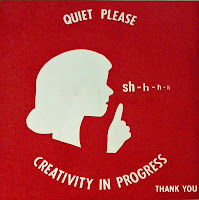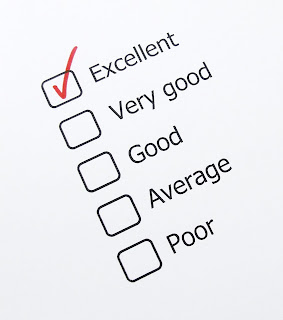Last weekend, I had the amazing experience of attending the 2nd Creativity in Business conference held in my former hometown, Washington, DC and organized by the brilliant Michelle James.
The day was filled with so many insights that I am still slowly processing them all. As I was leaving, I noticed the above instructions tacked up to a wall. I snapped a quick image on my phone. Apparently, they were the guidelines for the entire conference that I somehow initially missed.
A few days later when I looked at the image again, I realized that it did sum up, in a few short phrases, my entire experience at the conference. And here’s how:
Yes – and
A foundational principle of improv, yes- and implies that you will accept whatever happens and flow with what comes next. When I got to the conference, I was torn about which sessions to attend but the creative energy of the event guided me to choose the perfect ones for me.
Make everyone else look good
For me, this meant enthusiastically participating in each session demonstrating my engagement for the presenter to notice. I believe the more involved the audience is, the more creative energy the presenter receives.
Creativity is messy
In one session, Gregg Fraley led our group through an actual Creative Problem Solving process. One of the things he mentioned in doing so was how we should gravitate to and explore what makes us uncomfortable. It is here that your greatest creative discoveries will occur. Creativity is not a neat process.
Have fun
Above all, the conference was a day for me to play and explore new processes while meeting other like-minds folks. I tried improv, doodling, and storytelling.
What I ultimately learned is that when you combine the creative passion and enthusiasm of a group diverse individuals, you will see and feel magic happen. And that’s what I’ll reflect on most from the conference, as I continue to ponder the creative transformation that occurred within me.
- How do you create and keep your creative engagement alive?




 It’s a skill that all of us use, yet a skill all of us could probably improve. Thinking creatively can help us not only create art but guide us through our daily lives. That’s why I love this list of
It’s a skill that all of us use, yet a skill all of us could probably improve. Thinking creatively can help us not only create art but guide us through our daily lives. That’s why I love this list of 